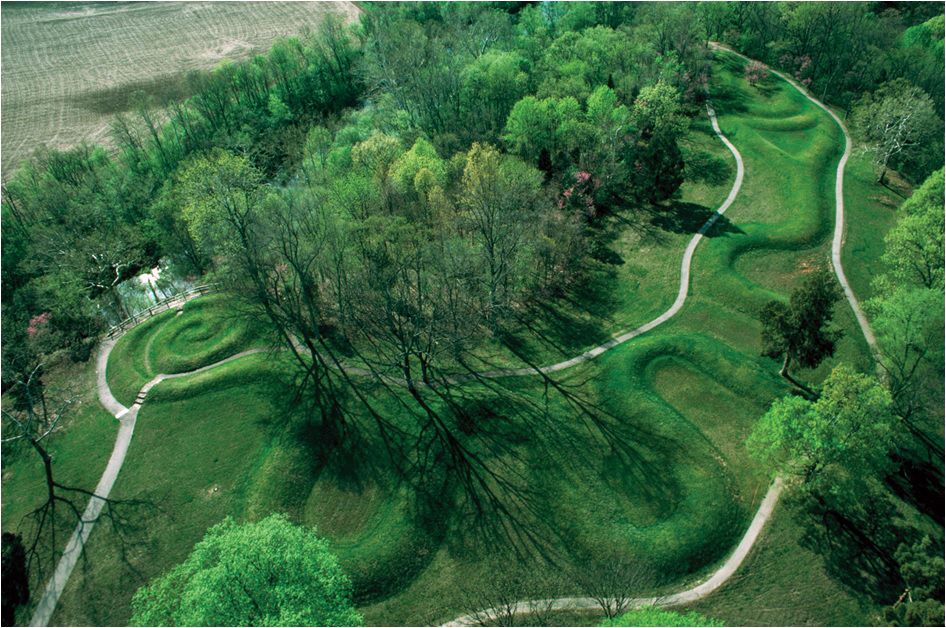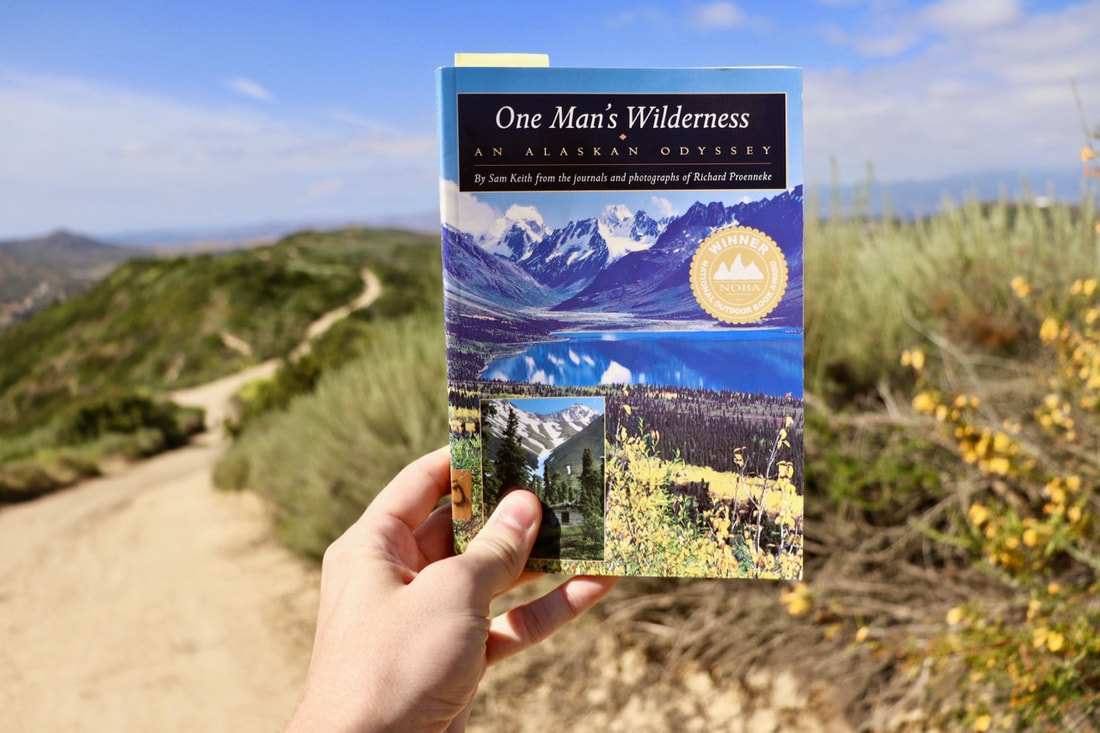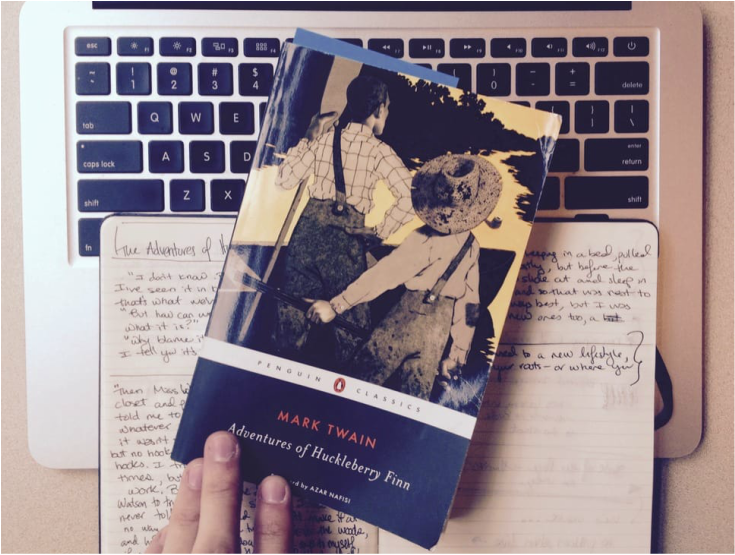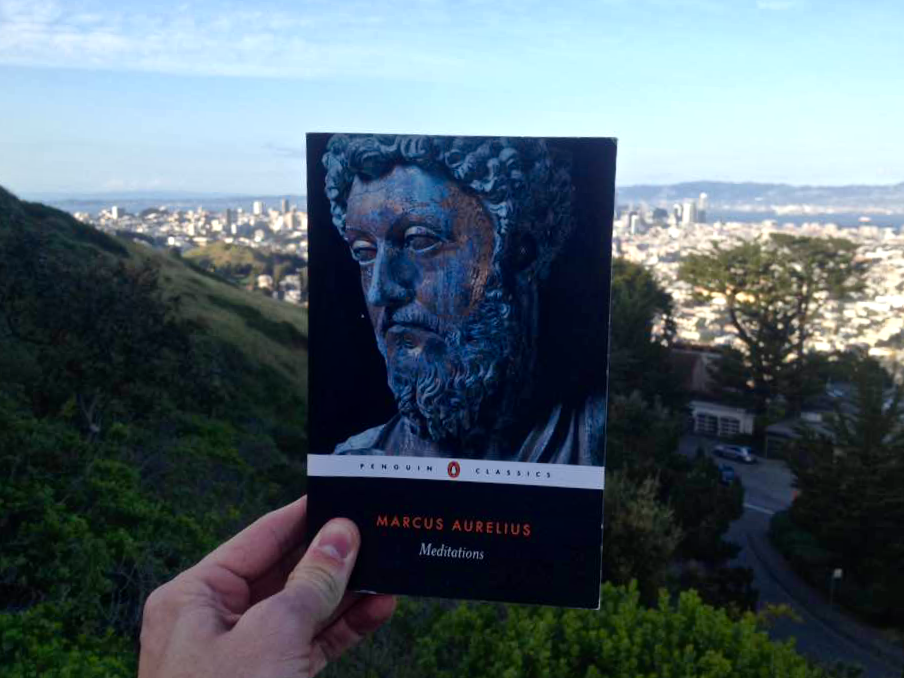"Some 12,800 years ago the balance between the Earth and the Stars was lost and a key chapter of the human story was lost with it."
— Graham Hancock, America Before
— Graham Hancock, America Before
Where do we come from? Are we alone in the universe? What happens when we die? Answering these three big questions comprise the lifework of author, journalist, and world-explorer Graham Hancock. He began in 1983. While war-zone-reporting for The Economist in East Africa, Hancock met a monk who claimed to be a guardian of the Ark of the Covenant, which had been hidden and subsequently lost in Axum, Ethiopia. Initially dismissing the tip, Hancock soon found a growing body of neglected evidence for a twelfth-century pilgrimage undertaken by the Knights Templar to Ethiopia. His expanded dossier of circumstantial evidence culminated into The Sign and the Seal: A Quest for the Lost Ark of the Covenant in 1992.
Since then, Hancock's itinerary includes dozens of other mystical and historical mysteries, both well-known and obscure. From the surprisingly "technological" aspects of the Great Pyramid of Giza, to other earthworks across the globe that are precisely aligned with constellations and celestial events in every corner of the globe. Hancock spent five years scuba diving to map underwater ruins that are perhaps older than the last great Ice Age (and were flooded by rising sea levels). In his newest book, Hancock has set his unconventional sights on the Americas. The man's theories of mankind's geographic origins, timeline of technological development, and subsequent migrations and populating of the world have made him something of a pariah (read: pseudo-scientist) in certain academic communities, as has his advocacy for using psychedelics as a tool for creativity and self-exploration.
America Before aims to continue challenging conventional anthropological narratives, this time, by a degree of 10x. Rather than the North and South Americas being populated by Asian immigrants circa 13,000 years ago through a land bridge in Alaska, research shows definitively that that timeline of peoples in America goes back to at least 130,000 B.C. Archeological sites in southern California are 10x older than the Clovis sites found previously in New Mexico, 8x older than Meadowcroft in western Pennsylvania, and 5x older than bone fragments found in the Bluefish Caves in northern Canada. There's DNA evidence too. 0.17% of both North and South American natives have Denisovan blood, traced to both 130,00+ year-old-bones in Siberian caves and to modern populations in New Guinea and Australian Aborigines.
Hancock also makes a strong case for the domestication of the Amazon rainforests by early man, who planted and refined certain trees and vegetation for food, as well as for an ancient civilization that was wiped out not by the germs of Columbus-era explorers (that was their surviving offspring), but a meteor strike 12,800 years ago which defrosted the Ice Age and caused massive floods and fires. There are 1,500+ Clovis sites found to-date in various states of destruction by time and floods—sites that suggest a wealth of mapmaking, astronomical, agricultural, and medicinal knowledge. Hancock's argument is that there was a sophisticated civilization before Clovis, which taught them these skills.
"I make mistakes like everyone else," Hancock writes, "but ever since my time with The Economist I've felt it is important to strive for rigour and accuracy, to check facts, to set out my sources clearly and openly for all to see and to admit my mistakes when I make them." Agree of disagree, Hancock's curiosity rivals that of Indiana Jones. America Before enthralled me and introduced me to so many new ideas, events, and things to consider. I'm grateful to have taken Joe Rogan's advice and follow Hancock back in time to what might just be a much more true account of our collective past. [JG]
Since then, Hancock's itinerary includes dozens of other mystical and historical mysteries, both well-known and obscure. From the surprisingly "technological" aspects of the Great Pyramid of Giza, to other earthworks across the globe that are precisely aligned with constellations and celestial events in every corner of the globe. Hancock spent five years scuba diving to map underwater ruins that are perhaps older than the last great Ice Age (and were flooded by rising sea levels). In his newest book, Hancock has set his unconventional sights on the Americas. The man's theories of mankind's geographic origins, timeline of technological development, and subsequent migrations and populating of the world have made him something of a pariah (read: pseudo-scientist) in certain academic communities, as has his advocacy for using psychedelics as a tool for creativity and self-exploration.
America Before aims to continue challenging conventional anthropological narratives, this time, by a degree of 10x. Rather than the North and South Americas being populated by Asian immigrants circa 13,000 years ago through a land bridge in Alaska, research shows definitively that that timeline of peoples in America goes back to at least 130,000 B.C. Archeological sites in southern California are 10x older than the Clovis sites found previously in New Mexico, 8x older than Meadowcroft in western Pennsylvania, and 5x older than bone fragments found in the Bluefish Caves in northern Canada. There's DNA evidence too. 0.17% of both North and South American natives have Denisovan blood, traced to both 130,00+ year-old-bones in Siberian caves and to modern populations in New Guinea and Australian Aborigines.
Hancock also makes a strong case for the domestication of the Amazon rainforests by early man, who planted and refined certain trees and vegetation for food, as well as for an ancient civilization that was wiped out not by the germs of Columbus-era explorers (that was their surviving offspring), but a meteor strike 12,800 years ago which defrosted the Ice Age and caused massive floods and fires. There are 1,500+ Clovis sites found to-date in various states of destruction by time and floods—sites that suggest a wealth of mapmaking, astronomical, agricultural, and medicinal knowledge. Hancock's argument is that there was a sophisticated civilization before Clovis, which taught them these skills.
"I make mistakes like everyone else," Hancock writes, "but ever since my time with The Economist I've felt it is important to strive for rigour and accuracy, to check facts, to set out my sources clearly and openly for all to see and to admit my mistakes when I make them." Agree of disagree, Hancock's curiosity rivals that of Indiana Jones. America Before enthralled me and introduced me to so many new ideas, events, and things to consider. I'm grateful to have taken Joe Rogan's advice and follow Hancock back in time to what might just be a much more true account of our collective past. [JG]
WHO IS GRAHAM HANCOCK?
Graham Hancock is the author of the international bestsellers Magicians of the Gods, The Sign and the Seal, Fingerprints of the Gods, The Message of the Sphinx, Heaven's Mirror, Underworld, and Supernatural. You can follow Graham Hancock on Facebook, Twitter, and his website.
The Great Serpent Mound in Adams County, Ohio. Est. 900 A.D.
YOU MAY ALSO LIKE
| PLAYING GOD IN YELLOWSTONE Alston Chase | DRAGON TEETH Michael Crichton |
























